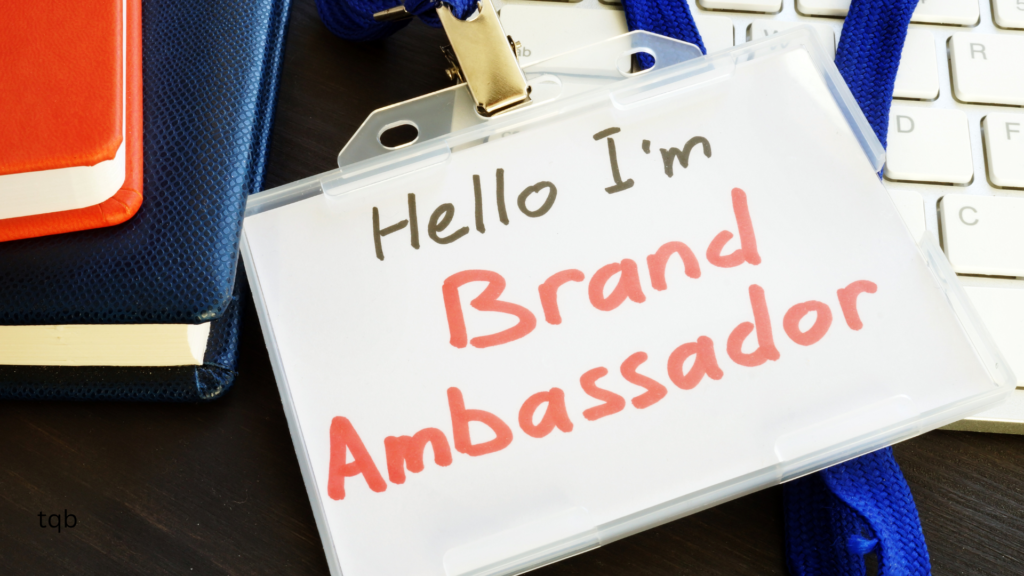Table of Contents
Introduction
Your employees are your company’s most valuable brand ambassadors. Their genuine advocacy can enhance brand visibility, credibility, and customer trust. However, many businesses struggle to engage employees in brand promotion.
This blog will explore the challenges of employee brand advocacy, six actionable strategies, and the best technologies and tools to support your efforts.
Typical Challenges in Employee Brand Advocacy
Before diving into solutions, here are some common obstacles businesses face:
- Lack of Awareness – Employees may not fully understand the brand’s values and messaging.
- Fear of Misrepresentation – Some employees hesitate to engage because they worry about saying the wrong thing and lack psychological safety.
- Limited Engagement – If employees don’t feel valued or motivated, they won’t advocate for the brand.
- Absence of Tools & Incentives – Without structured programs, employees may not know where or how to engage.
Solution: Creating a Culture of Advocacy
To overcome these challenges, businesses must educate employees, provide tools, and reward engagement. Now, let’s explore six practical ways to turn employees into brand ambassadors.

6 Ways to Turn Your Employees into Brand Ambassadors
1. Educate Employees About Your Brand
Employees need to understand the company’s mission, values, and products before they can advocate effectively.
🔹 Actionable Insight:
- Host brand training sessions and workshops.
- Provide access to brand guidelines and messaging documents.
- Share company updates and success stories internally.
📌 Example: Microsoft runs internal brand training programs to keep employees informed and engaged.
💡 Technology & Tools:
- Slack & Microsoft Teams – For internal communication and brand updates.
- Lessonly – A platform for employee training and brand education.
- Notion & Confluence – To store and share brand guidelines.
2. Encourage Social Media Engagement
Employees sharing company content on social media increases brand visibility and credibility.
🔹 Actionable Insight:
- Create a social media policy for brand-safe engagement.
- Provide pre-approved content for employees to share.
- Encourage employees to showcase work culture using hashtags.
📌 Example: IBM’s Employee Advocacy Program significantly amplifies brand reach through LinkedIn engagement.
💡 Technology & Tools:
- Hootsuite Amplify – Helps employees share company content easily.
- LinkedIn Elevate (Now Integrated into LinkedIn Pages) – Tracks employee advocacy impact.
- Sprinklr & Sprout Social – Social media management platforms that help companies track advocacy performance.
3. Empower Employees with Thought Leadership Opportunities
Employees are more engaged when they can share their expertise and build their personal brand.
🔹 Actionable Insight:
- Encourage employees to write blogs and contribute articles.
- Offer opportunities to speak at industry events or webinars.
- Recognize employees as subject matter experts within the company.
📌 Example: HubSpot promotes employees as thought leaders by encouraging them to write and share insights.
💡 Technology & Tools:
- LinkedIn Articles & Medium – Platforms for employees to publish thought leadership content.
- WordPress & Ghost – Blogging platforms for company blogs.
- WebinarJam & Zoom – For employee-led webinars and presentations.
4. Create an Employee Advocacy Program
A structured employee advocacy program helps sustain brand ambassador efforts over time.
🔹 Actionable Insight:
- Launch an internal advocacy platform with ready-to-share content.
- Implement a points-based reward system for engagement.
- Gamify advocacy with leaderboards and recognition badges.
📌 Example: Dell’s Employee Advocacy Program provides shareable content for employees, boosting brand awareness.
💡 Technology & Tools:
- Bambu by Sprout Social – A dedicated employee advocacy platform.
- GaggleAMP – Gamifies advocacy efforts and tracks employee engagement.
- PostBeyond – Helps businesses manage and measure employee brand promotion.
5. Recognize and Reward Advocacy Efforts
Employees feel more motivated to engage when they are recognized and rewarded.
🔹 Actionable Insight:
- Offer public recognition in company meetings or newsletters.
- Provide monetary incentives, gift cards, or extra time off.
- Feature employees in company social media posts.
📌 Example: Starbucks highlights employees (partners) as part of its brand storytelling strategy.
💡 Technology & Tools:
- Bonusly & Kudos – Reward employees for advocacy efforts.
- WorkTango – Tracks and recognizes employee engagement.
- Culture Amp – Employee engagement analytics platform.
6. Foster a Strong Company Culture
A positive company culture naturally turns employees into brand advocates.
🔹 Actionable Insight:
- Promote a strong leadership culture and work-life balance.
- Organize team-building activities and events.
- Ensure employees feel valued and heard.
📌 Example: Google’s workplace culture makes employees enthusiastic brand advocates.
💡 Technology & Tools:
- 15Five & Officevibe – Employee engagement and feedback platforms.
- Slack & Microsoft Teams – For fostering internal communication and culture-building.
- Trello & Asana – Help manage advocacy initiatives and internal engagement activities.

Technologies and Tools to Support Employee Advocacy
To streamline and scale employee advocacy, businesses can use technology in key areas:
| Category | Recommended Tools |
| Internal Communication | Slack, Microsoft Teams, Notion |
| Employee Training | Lessonly, LinkedIn Learning |
| Social Media Advocacy | Hootsuite Amplify, Sprinklr, GaggleAMP |
| Thought Leadership | LinkedIn Articles, WordPress, Medium |
| Employee Recognition | Bonusly, Kudos, Culture Amp |
| Engagement Analytics | Officevibe, WorkTango, 15Five |
By integrating these tools, businesses can empower employees, streamline brand advocacy, and enhance engagement at all levels.
FAQ: Employee Brand Ambassadors
1. What is an employee brand ambassador?
An employee brand ambassador is a team member who actively promotes and represents their company’s brand, values, and culture. They share positive experiences about their workplace, engage with the company’s social media, and advocate for its products and services both online and offline.
2. Why is employee advocacy important for a brand?
Employee advocacy increases brand credibility, social reach, and customer trust. People are more likely to trust a recommendation from an employee than from traditional marketing. It also enhances employer branding, attracting top talent and improving overall business reputation.
3. How can businesses encourage employees to become brand ambassadors?
Companies can encourage employee advocacy by:
- Providing brand education and training.
- Encouraging social media engagement with pre-approved content.
- Recognizing and rewarding employees for their advocacy.
- Creating a positive workplace culture that employees want to talk about.
4. What are the best tools for employee advocacy programs?
Some of the best tools to manage employee advocacy include:
- Hootsuite Amplify – Helps employees share company content easily.
- GaggleAMP – Gamifies and tracks advocacy efforts.
- LinkedIn Elevate (Integrated into LinkedIn Pages) – Tracks employee engagement on LinkedIn.
- Bambu by Sprout Social – Provides shareable content for employees.
- Bonusly & Kudos – Employee recognition platforms to reward engagement.
5. How can social media help in employee advocacy?
Social media allows employees to amplify brand messaging by sharing content, engaging in discussions, and showcasing company culture. Encouraging employees to post about work experiences, industry insights, and company milestones can help build brand awareness and credibility.
6. What are the risks of employee advocacy, and how can they be managed?
The main risks include misrepresentation, inconsistency, and compliance issues. These can be managed by:
- Providing clear social media guidelines to employees.
- Using advocacy platforms to ensure consistent messaging.
- Offering training on proper brand representation and best practices.
7. How do you measure the success of an employee advocacy program?
Key performance indicators (KPIs) for measuring advocacy success include:
- Social media reach & engagement (likes, shares, comments).
- Website traffic & lead conversions from employee-shared content.
- Employee participation rates in advocacy programs.
- Brand sentiment & customer trust metrics.
8. Can employee advocacy programs work for small businesses?
Yes! Even small businesses can benefit from employee advocacy. A small team actively sharing brand content and engaging with customers can build trust, attract leads, and strengthen employer branding without needing a large budget.
Conclusion
Turning employees into brand ambassadors is a strategic way to boost brand awareness, credibility, and brand trust. By educating, empowering, and recognizing employees, businesses can create a culture where advocacy happens naturally.
Using technology and advocacy tools, businesses can streamline employee engagement, track impact, and scale their efforts. Whether you’re a startup or a large enterprise, investing in an employee advocacy program can drive long-term brand success. Start implementing these strategies today and transform your employees into your most powerful marketing asset!



